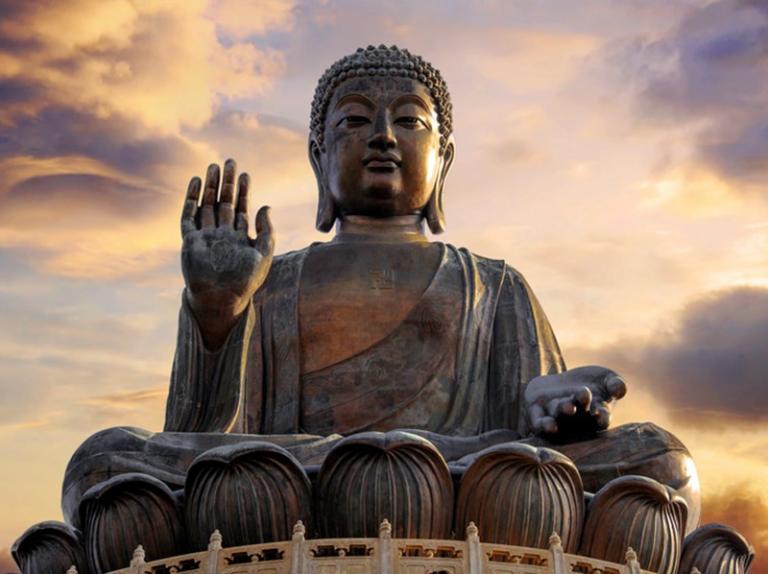The Inception of Buddhist Scripture in China
2 min readThe earliest Buddhist scripture introduced to China was in its Sanskrit version.This fact was corroborated by Paragraphs of ancient Buddhist scripture written upon wooden boards in Sanskrit,dateable to the beginning of the first century,which was unearthed in the Niya ruins near Yutian of Xinjiang in 1906.The discovery was believed to be the oldest Buddhist scripture ever found.

Since the land of Great Yuezhi had then become the holy site of early Buddhism,the Buddhist scripture introduced to China in that period was all translated from Prakrit,the vernacular used in northwest India,called Futu(Buddha)in Chinese.In the year of 65,the first Chinese religious delegation was dispatched from Luoyang to Great Yuezhi where they copied 42 chapters of Buddhist scripture and brought them back to China.After they returned to Luoyang in the year of 68,they started to translate it into the Chinese“Forty-two Chapters of Scripture.”While this translation itself was no longer in existence,it was quoted in an introductory article written by Xiang Kai of the Han Dynasty,which said the translation had come from Futu,thereby indicating it was based on a vernacular Indian version.

Duddhist Statues in China
By the Sui and Tang dynasties,Chinese Buddhist art had completed its process of sinification.Many Buddhist statues were produced with the bearing of a dignified scholar.Typical of these is the Buddha Rocana in the
Fengxian Temple at Longmen.This large statue of Buddha,dressed in Chinese-style kasaya with a round neck,looks dignified and kind-hearted andhas an elegant and plump face with eyes expressing calm and insight.This flly expresses the Confucian aesthetic ideal of seeking a unity of internal and external qualities and virtue and beauty.









